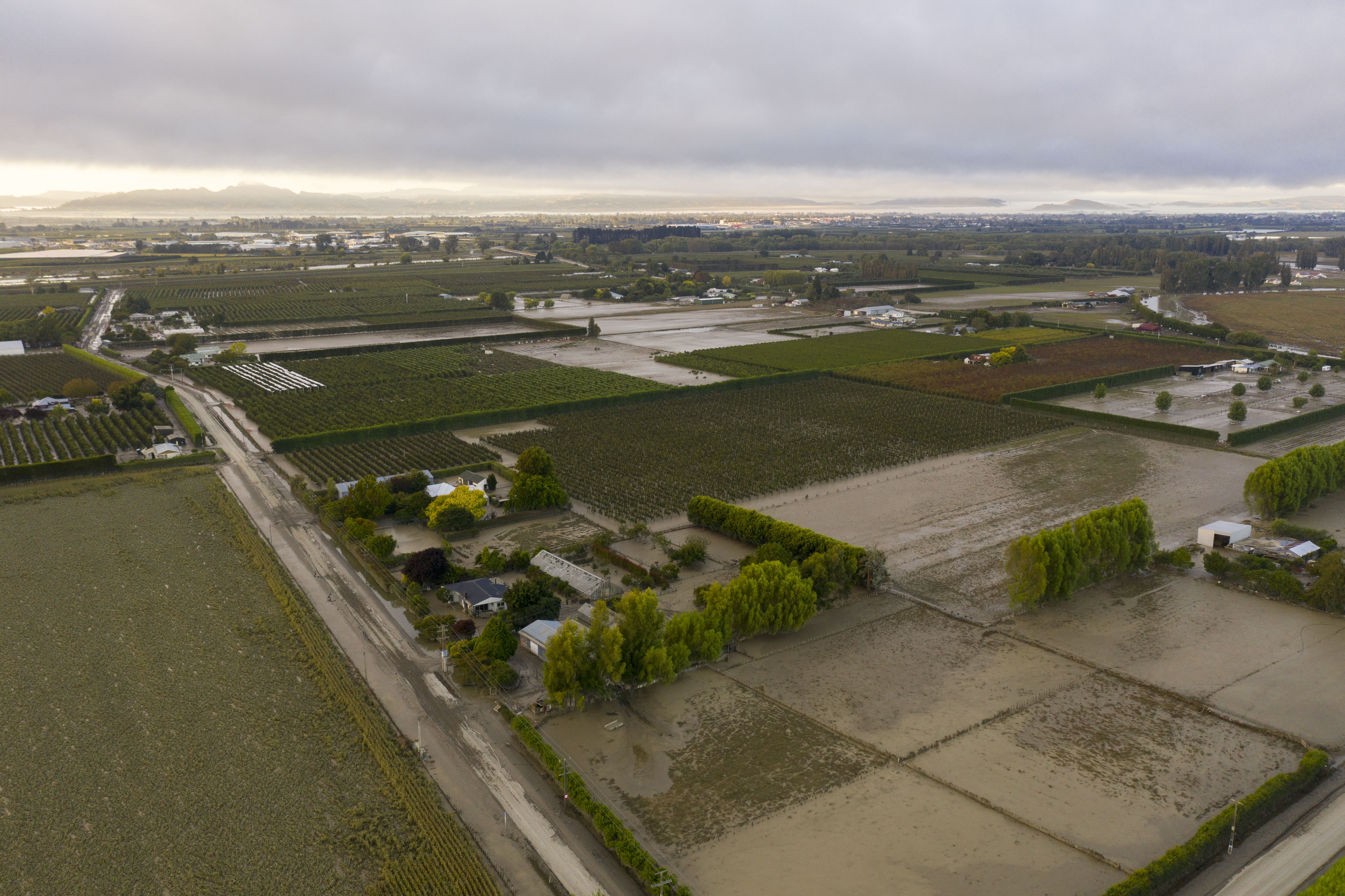There is nothing like a natural disaster such as Cyclone Gabrielle to once again have the spotlight shone firmly on ensuring your property is adequately insured in the event of loss and damage.
The way Kiwi homes were insured largely changed following the devastation of the Canterbury earthquakes with a shift from guaranteed full replacement or undefined cover to a defined cost of replacing a home which is destroyed referred to as ‘Agreed Value or Sum Insured’. Primarily the shift meant that insurers had a more accurate way of defining what their exposure was in the event of damage or loss.
However, as a result, there is a mixture of policies available in the market but unless you have a current Replacement Insurance valuation you risk being underinsured. When homeowners are asked to come up with an agreed amount to replace their house, homeowners think of just the house itself and will use a dollar rate per square metre to approximate the replacement cost, which may be reasonably accurate.
However, there are other important aspects to consider, such as demolition, site works and inflationary provisions, which all cost, as well as the replacement value of your home. If your house is damaged or destroyed by fire, there is a very genuine cost attached to removing/demolishing the existing structure so that you can commence work on your replacement, if demolition is not considered this sum simply gets deducted from your Agreed Value and you have less money to build your new home.
If your home is destroyed on the last day of your insurance policy there is 12 months’ worth of inflation on building costs, although it is likely to be considerably longer than that before you can rebuild. Demolition, drawing plans, getting council consents and then the build time could easily be another 12 months, meaning potentially 24 months on inflationary provisions will be required, if not allowed for, again you will simply have less money to rebuild with. This is also true of site works such as concrete sealed paths and drives, fencing, landscaping, clotheslines and even your letterbox. To replace them they all have a cost that needs to be accounted for.
If homeowners have not factored these costs into their Agreed Value, they will be the ones paying for the site works should they be faced with loss or damage to their property. The sum to replace a metal letterbox is negligible; however, the cost to replace 300m² of concrete seal is not. Just working out a per square metre rate on your house, will not in the future translate to full replacement as we currently understand it.
However, you can get a Replacement Insurance Valuation from a Registered Valuer to ensure you are properly insured and can replace your home with the same size, scale and quality as the home you had before the disaster. Whilst many New Zealanders remain fee averse about paying for professional advice, it’s important to remember; your home is your most valuable asset and worth properly insuring. Furthermore, I wrote in June 2022 about the significant coverage given to the rapid escalation of costs within the New Zealand (NZ) construction sector.
The escalation was so rapid that even if your policy includes an automatic inflation guard to cover annual inflation, your coverage had probably not kept pace with this unexpected spike in building and labour costs. To be protected against loss, your coverage should equal the cost to rebuild. An accurate valuation is vital to ensure policyholders have appropriate coverage in the event of a loss as this will allow you to replace your asset in the event of a disaster and this will directly impact the values assessed to ensure your property is adequately insured.
How does this Impact your Replacement Insurance Value? Firstly, it’s important to understand that Market Value (MV) of your property can be very different to the Reinstatement Value which refers to the cost to replace your asset today, to the same size and scale, considering modern equivalent technologies, materials and services.
Therefore, cost does not always equal value and if you have older premises, the cost to recreate may well be above the asset’s current market value (MV). However, with construction costs rising quickly in a comparatively short period and with most property insurers on an ‘Agreed Value’ policy, this means anything over and above that amount will not be paid out if the property needs repairs or a total rebuild.
As a result, you could discover that your existing policy limits and coverage no longer offer adequate protection. Considering these ongoing cost concerns, insurance companies are being proactive and asking for more regular valuations compared to five years ago. Property owners need to be proactive too and the most prudent thing they can do is to make sure they have a current replacement insurance sum that is as accurate as possible.
Unfortunately, insurance companies have already signalled that due to rising construction costs, an increase in claims due to the impacts of the cost escalations as well as the increased cost of reinsurance, premiums are signalled to go up.



